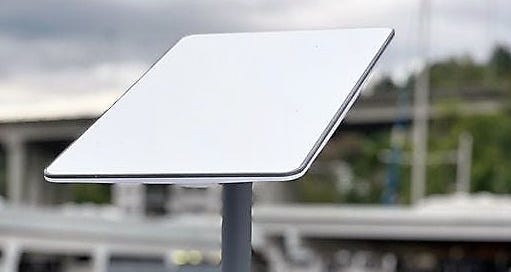Reality Check for Starlink Boaters, And What Not To Disclose
Buyer Beware, Says Loose Cannon's Favorite Analyst
Sean Welsh is a retired telecom/satcom professional. Welsh says he has no inside information. He says this explainer, reprinted with permission, represents his best understanding based on available information. Welsh cruises the East Coast with his wife Louise aboard a 52-foot steel trawler yacht named Vector.
Update: About 12 hours after this story was …
Keep reading with a 7-day free trial
Subscribe to LOOSE CANNON to keep reading this post and get 7 days of free access to the full post archives.

